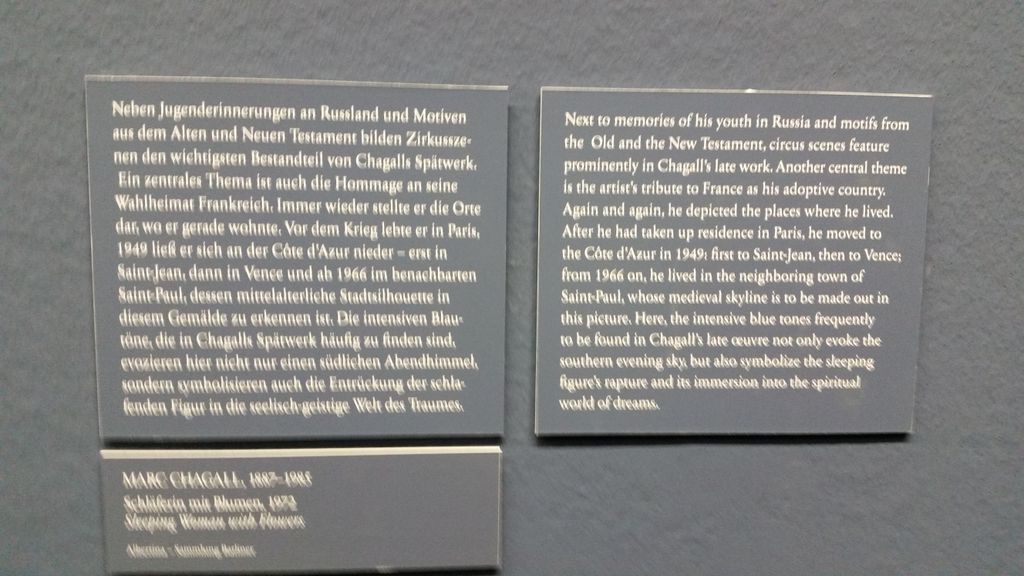The thing about a good quality museum is that you can linger and appreciate it all, without the ‘glazed over’ effect of being in a huge museum where you simply can’t take it all in, and as a result you race from one room to the next looking for key items. This is not an issue at the Albertina. Impressionism was for the most part killed off by the First World War, and what replaced it was Cubism and Abstract art among other things. This museum has a small sampling of the latter, but a clear preference for the former, and who can blame them? Artists are sensitive soul’s whose work often reflects the state of the world and culture around them, and this is certainly true of the deconstruction of form and shape and the denial of representational art, one of the many effects of war. The art reflected the distortions and chaos of the existence in Europe during the period. Think for a moment of Picasso’s famous Guernica painting (look it up). In this post, I will work backwards chronologically rather than forwards, ending with some other Impressionist art in the Albertina, to end on a happier note.
Let’s start with a very thin bust of Amenophosis……by Alberto Giacometti (1901-66). 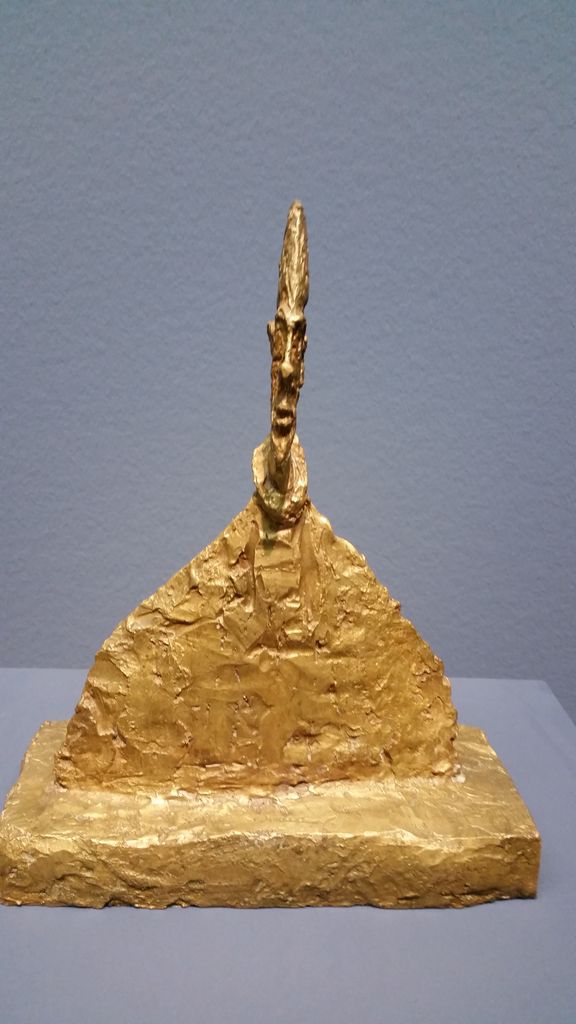
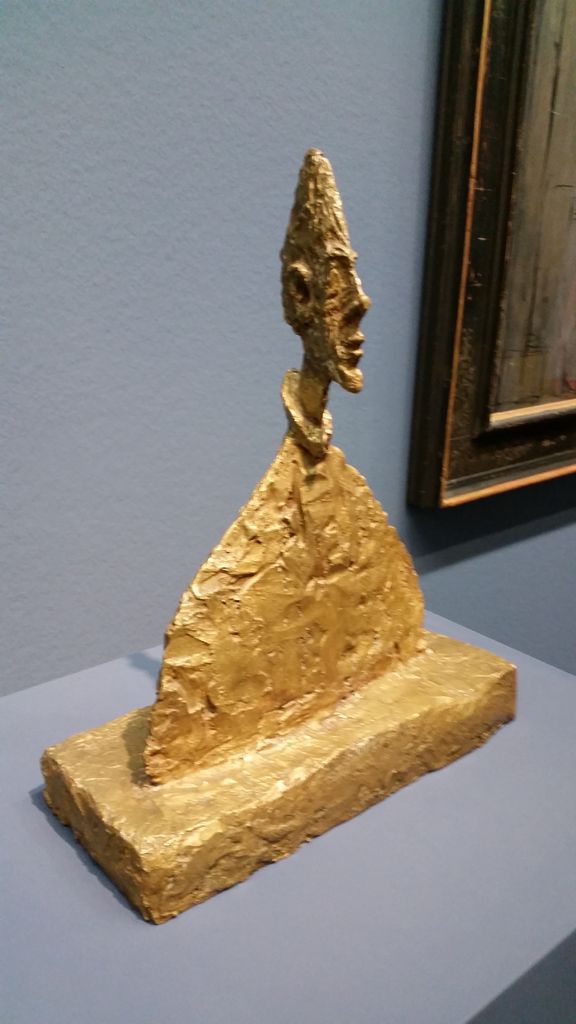
Here’s one entitled standing cardinal, one of the latest works in the gallery (1978).

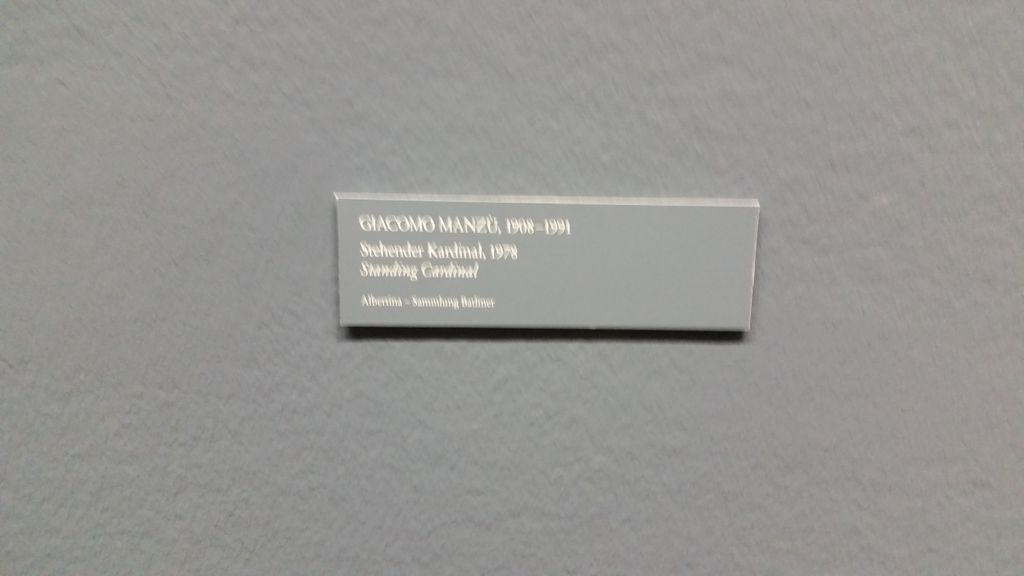
Partly as a result of the work of Rene Magritte, a more famous Belgian artist famous for his surrealist images (think also of Salvador Dali) born at the same time as Paul Delvaux and living well into the 20th century, we have artists like Delvaux painting not the real world but dreamscapes of various scenes. Here is an excellent example of this sort of ‘escapist’ art which while representational, is not trying to represent actual reality.
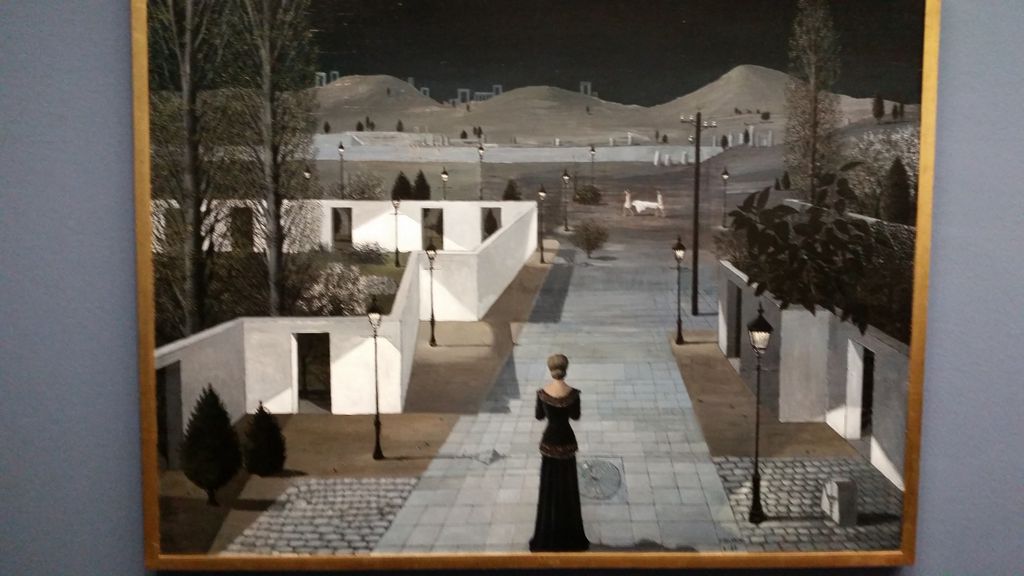
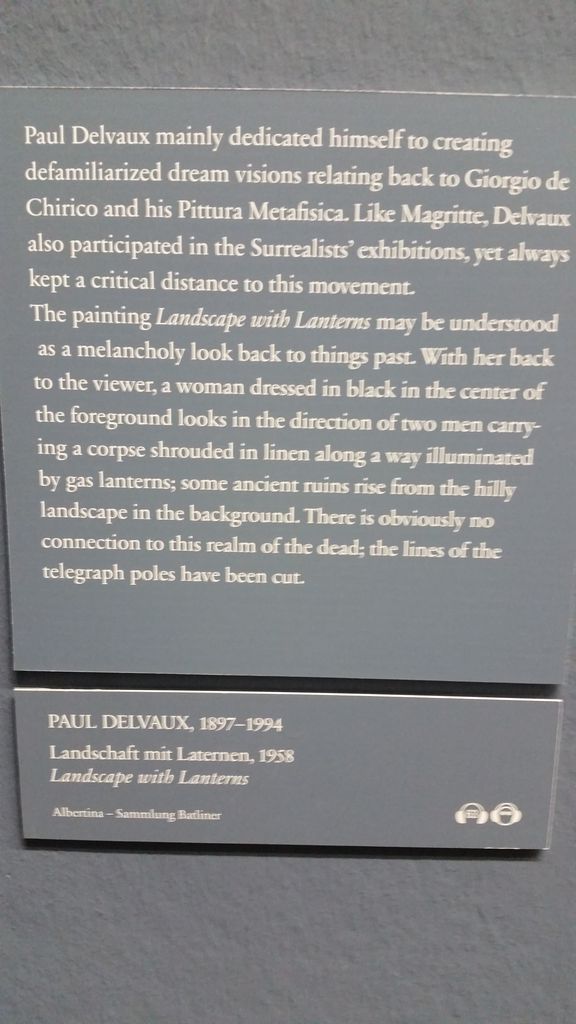
While Pablo Picasso (1881-1973) was famous for his cubist art, in fact he had several styles he tried, and so art historians talk about his blue period and other periods. He mostly worked with paints, and colors, but sometimes in black and white like this one entitled Sylvette ( a late work from 1954)….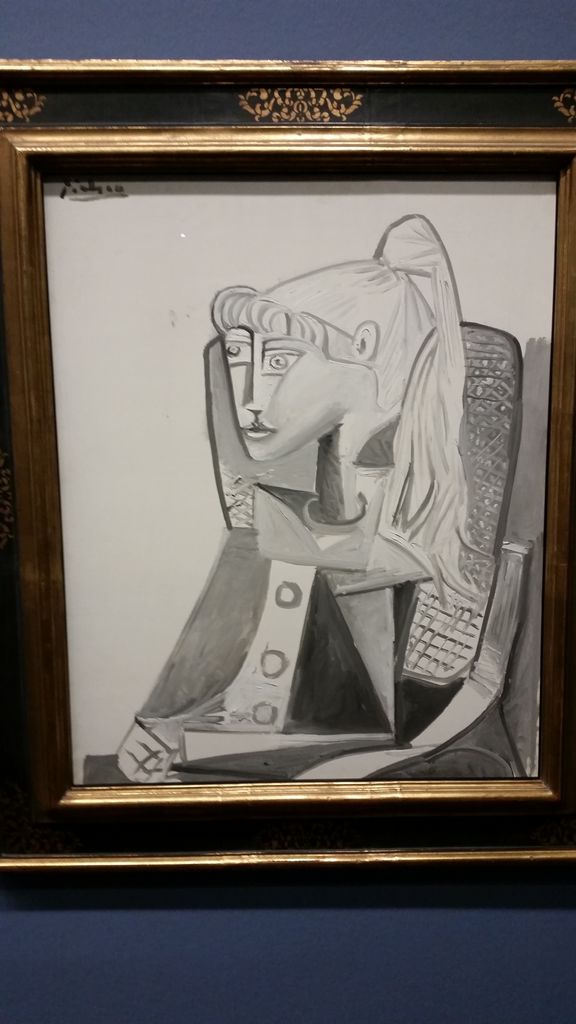
Again the aim is not to give a ‘good likeness’ of the subject, but rather an interpretive painting. How very different that is from ‘The Playing Cards’ (1912)….
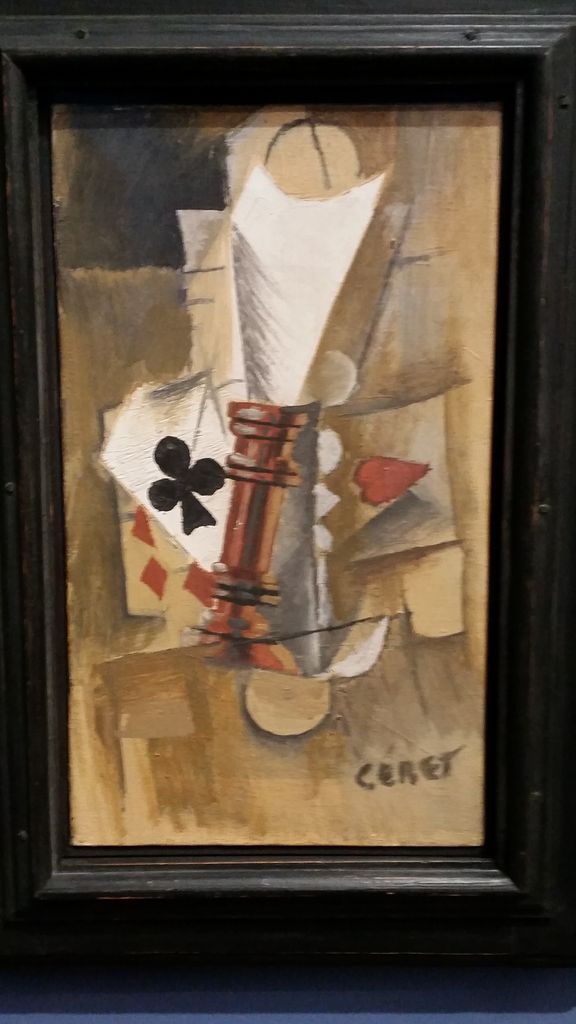
or the more well know Still Life with Guitar (1942)…


Or this very early (1907) painting entitled ‘Pots and Lemon’
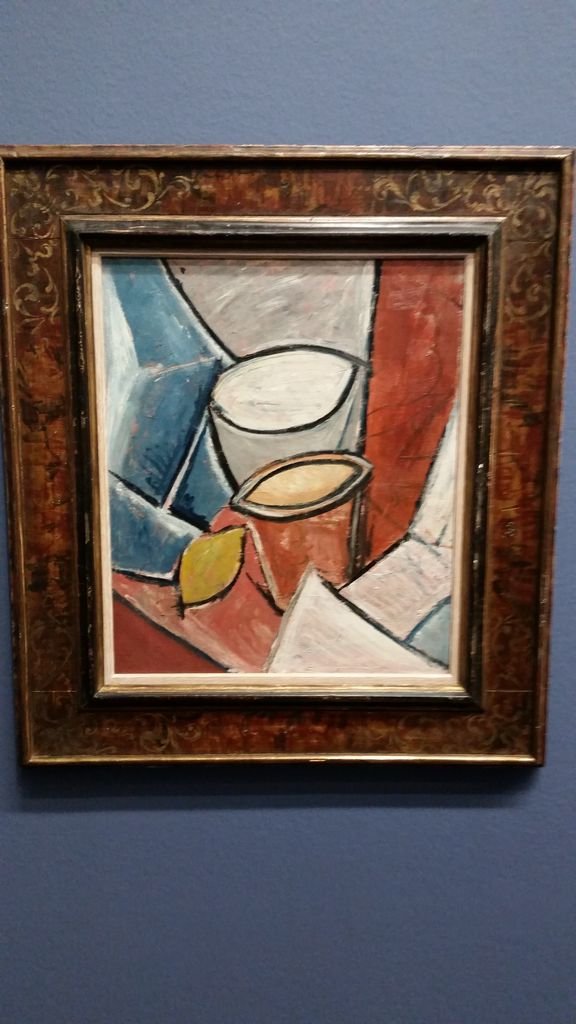
Or consider this late (1952) work when Picasso lived in the south of France near the coast….entitle ‘Mediterranean Landscape’

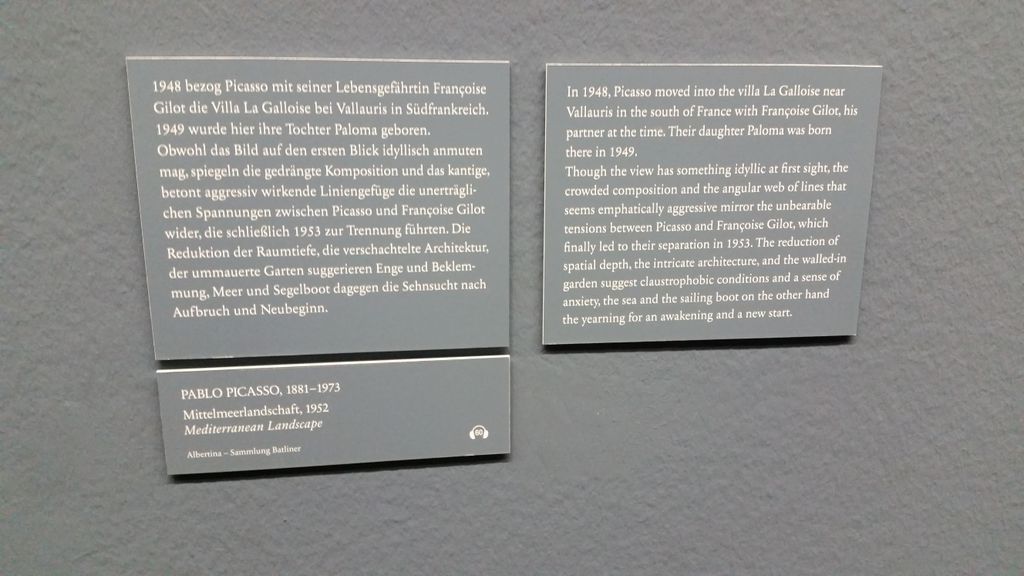
But here is the sort of cubist painting which made him a very influential artist (as we shall see in a moment)
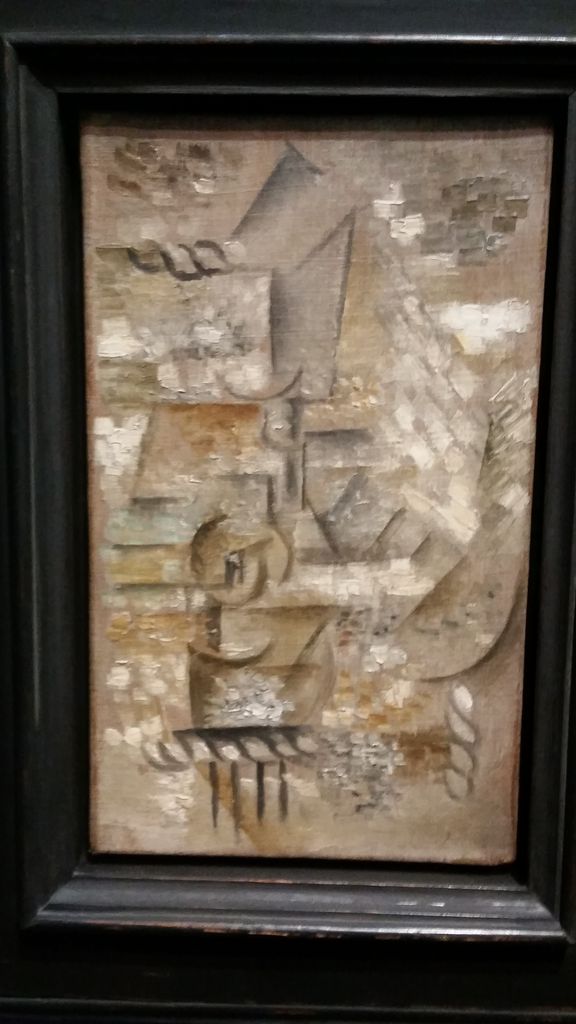
For example consider this painting of a red bridge, and notice the ‘cubes’ in it….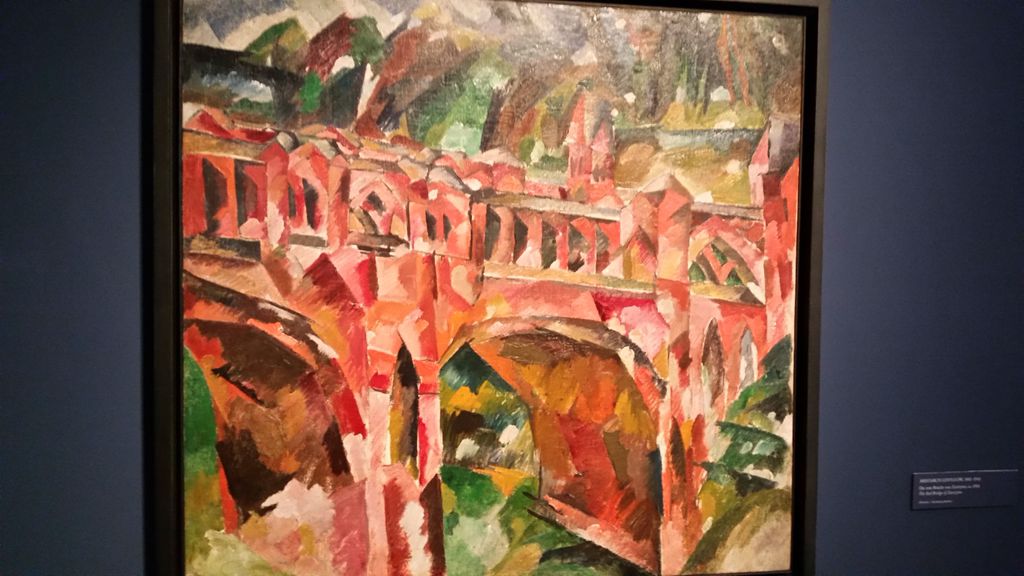

Or consider the angular character of this painting by Feininger…

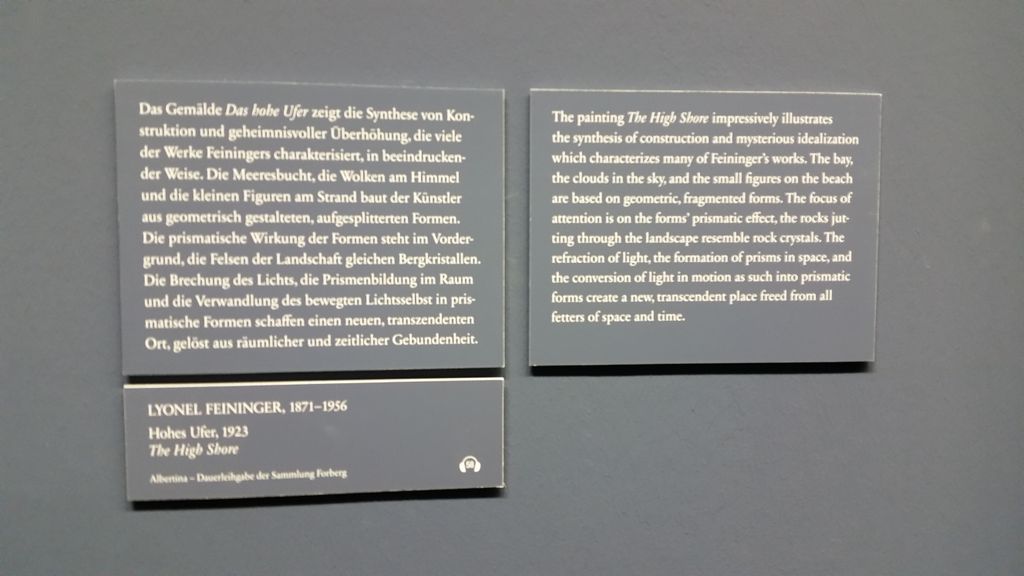
Or this still life by a female artist from around 1912….

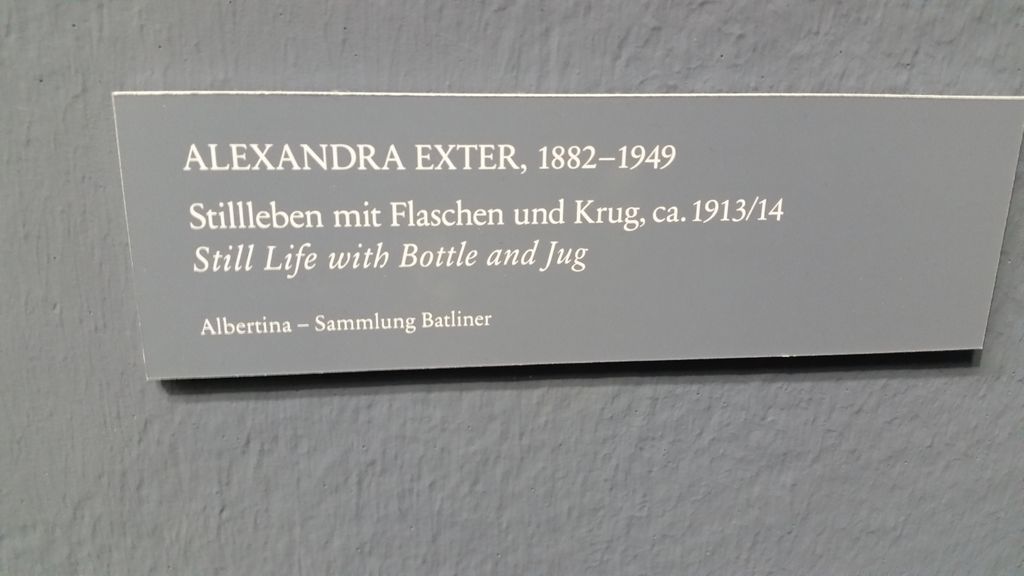
You get the point. Picasso was representational in all his periods, unlike for example Kandinsky…although he seems to be interested in objects, just not in presenting us with a painting meant to suggest a meaning… and so by definition, abstract art…
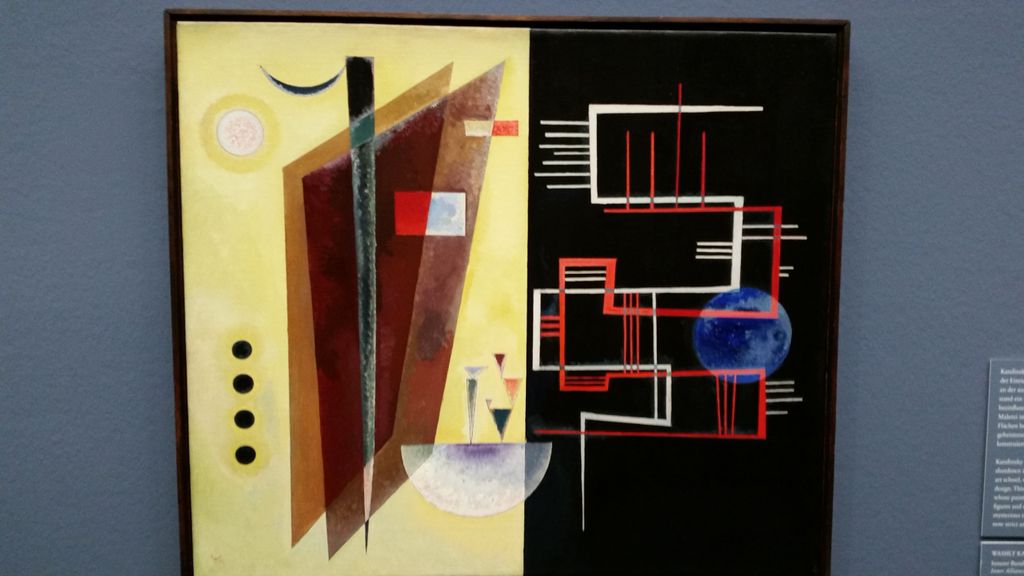
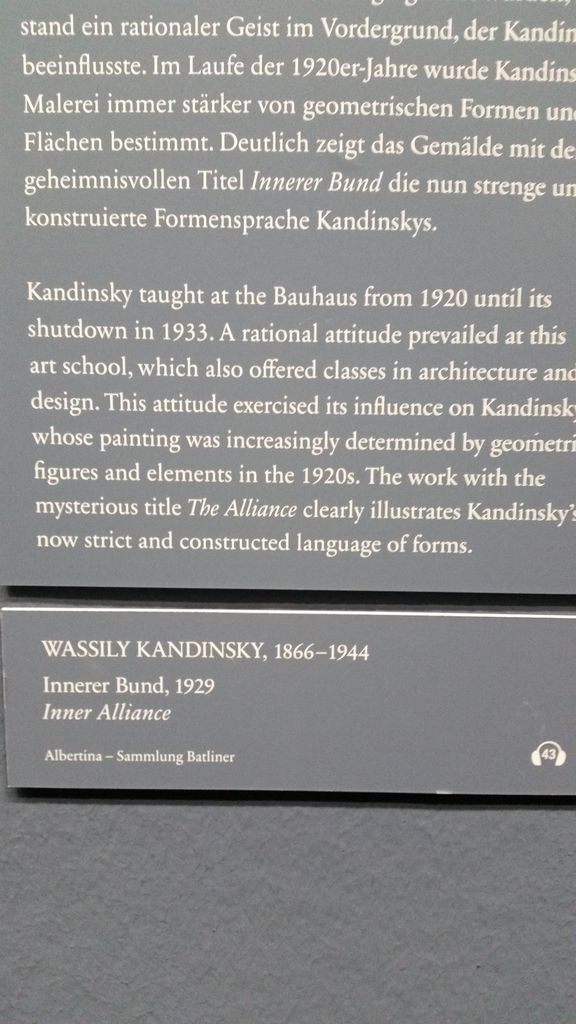
Or the experiments with color by F. Kupka in the 1920s…
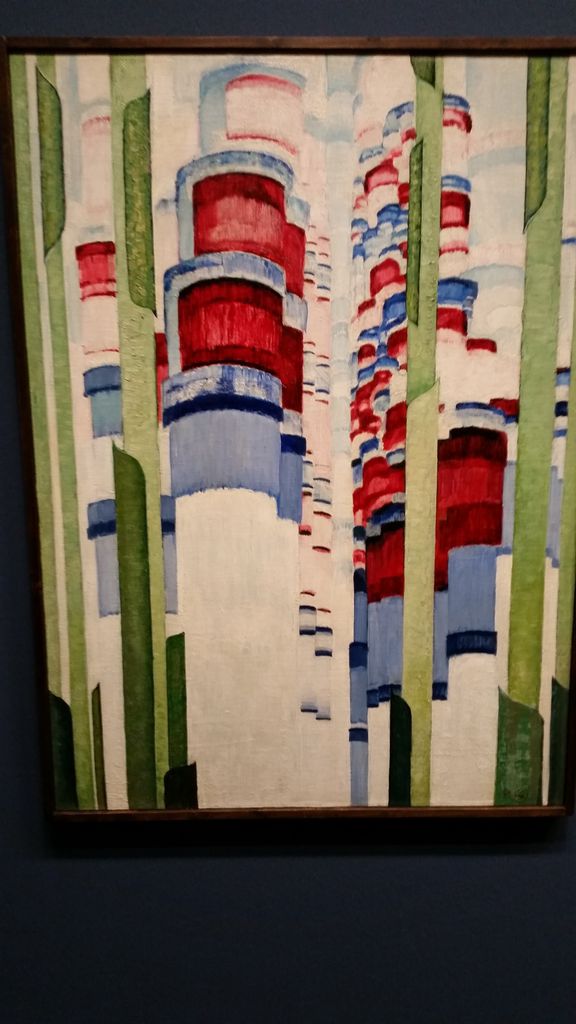
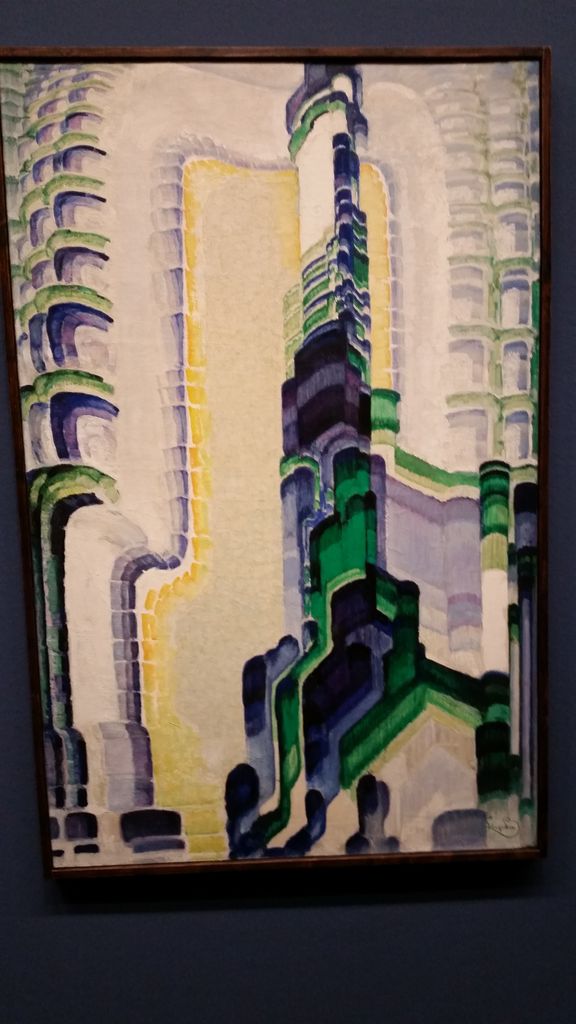
Some artists were more influenced by Russian work of various sorts, for example this one….

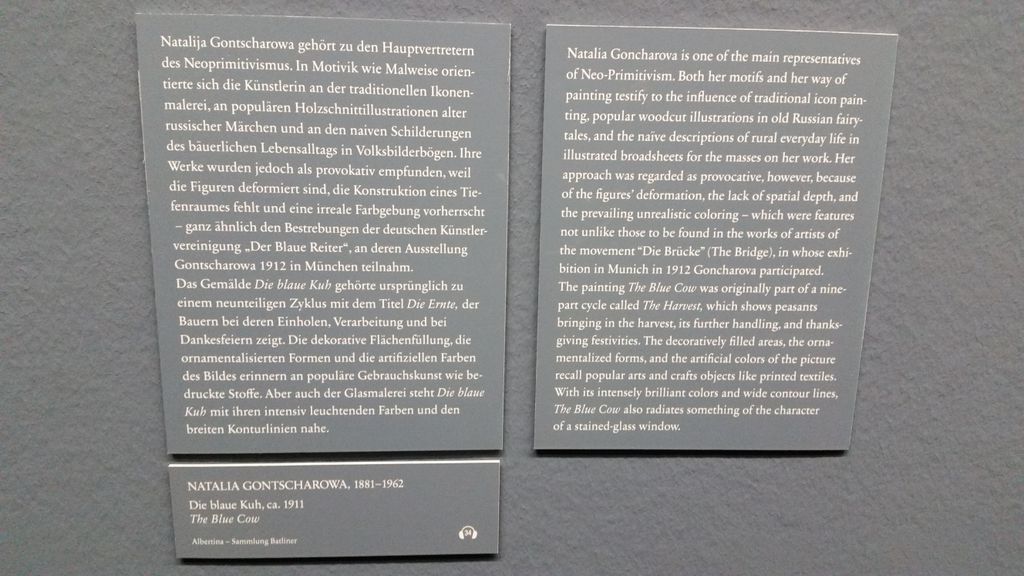
But much more popular was the Jewish artist of Russian extraction…. Marc Chagall (1887-1985)…
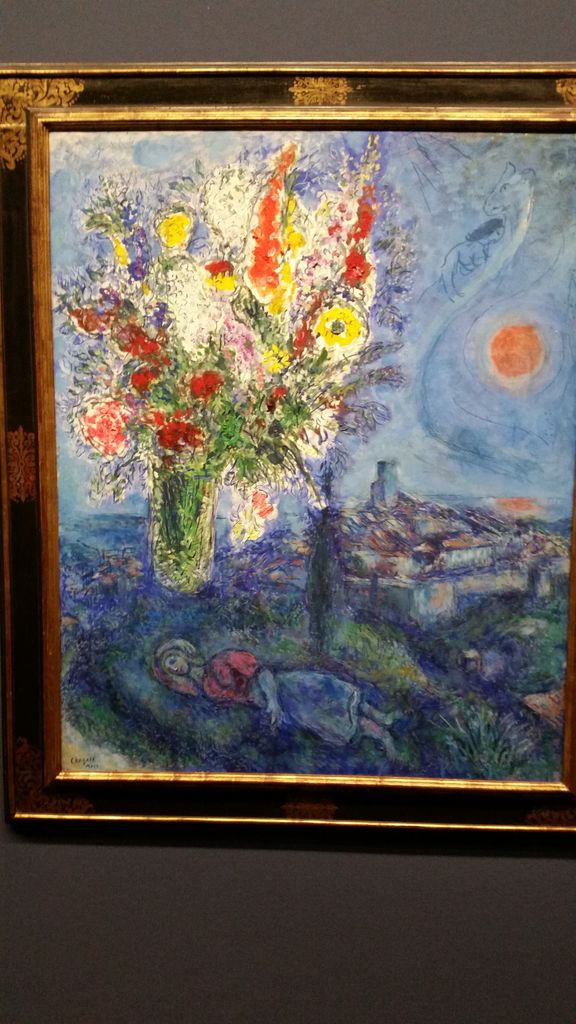
Or consider his painting entitled ‘The Kite’ (1926)
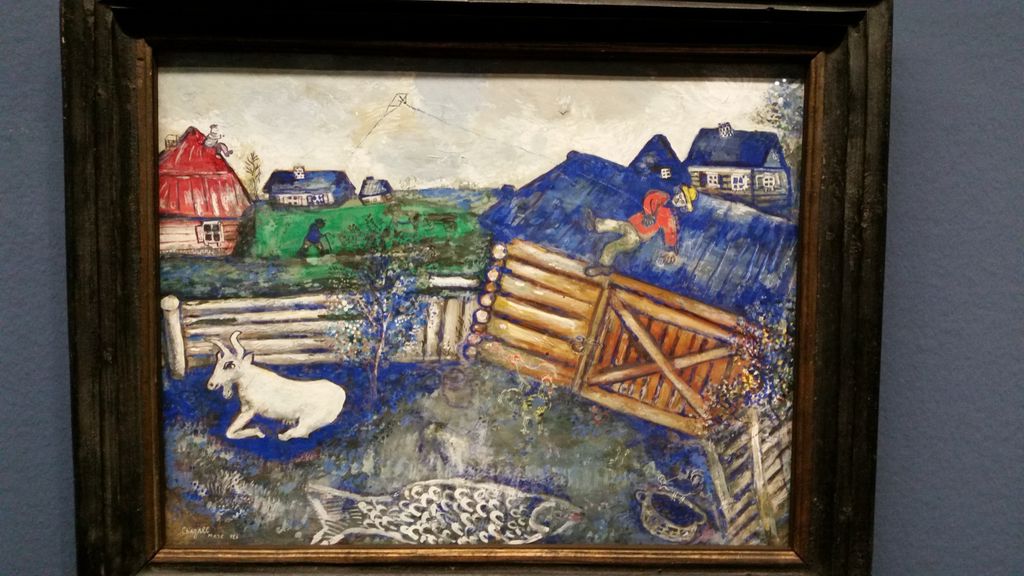
Chagall’s work, often very influenced by the Bible, and painting dreamlike blue scenes, contrasts starkly with the painting almost next to it by Appel, where we have a face fighting to escape the chaos of its surroundings…

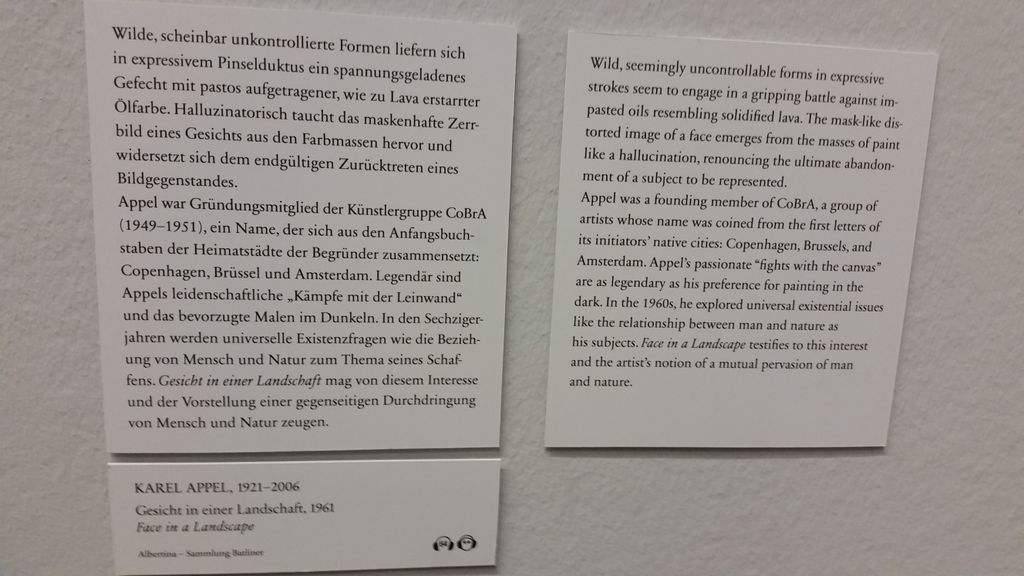
As for Ann and myself, we much prefer the works of the Impressionists, for example Matisse’s Streets of Arceuil (1903)
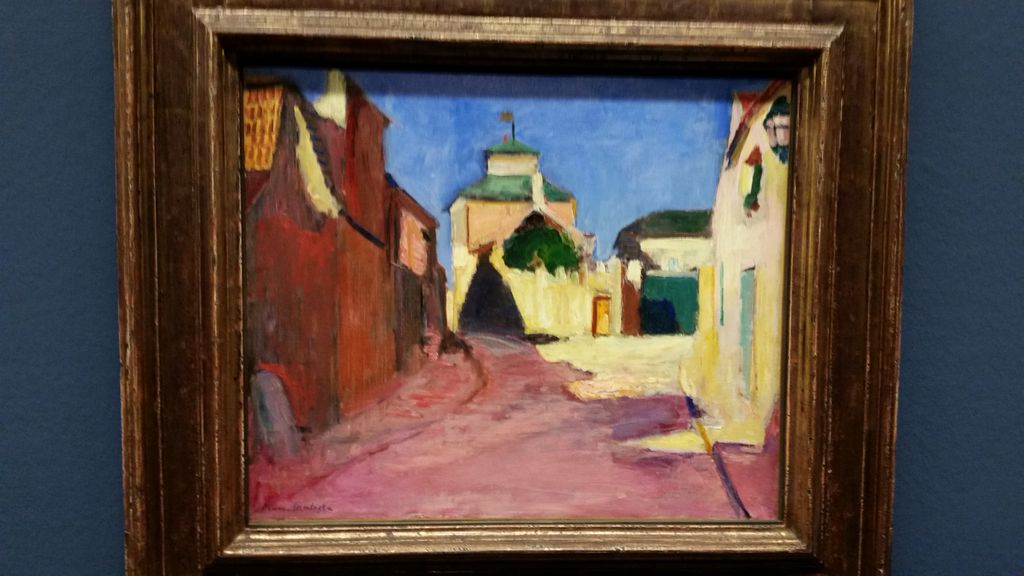
Or Matisse’s Parrot Tulips (1905),
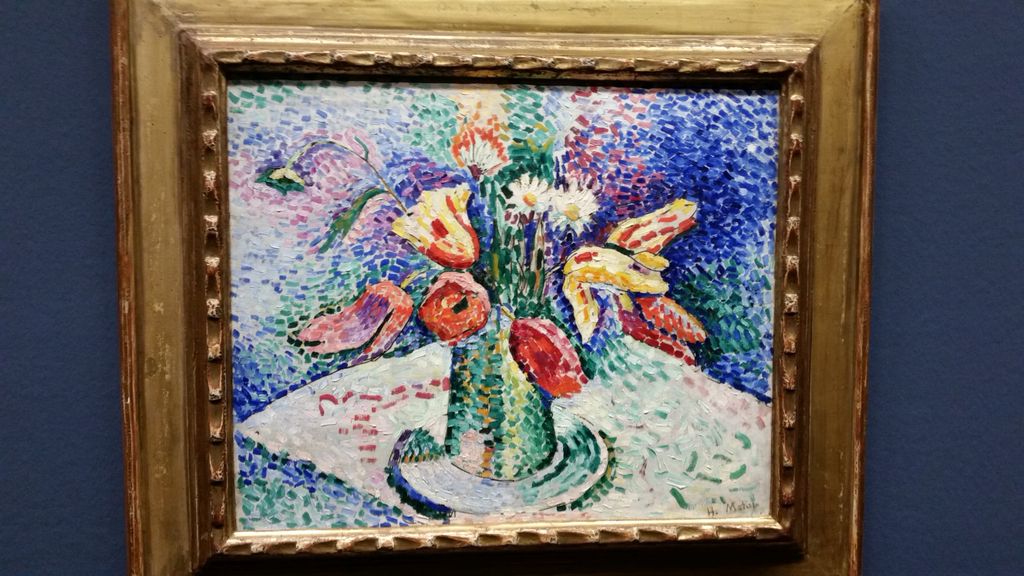
Or ‘The Harbor at Collioure’ (1905), by Andre Derain.
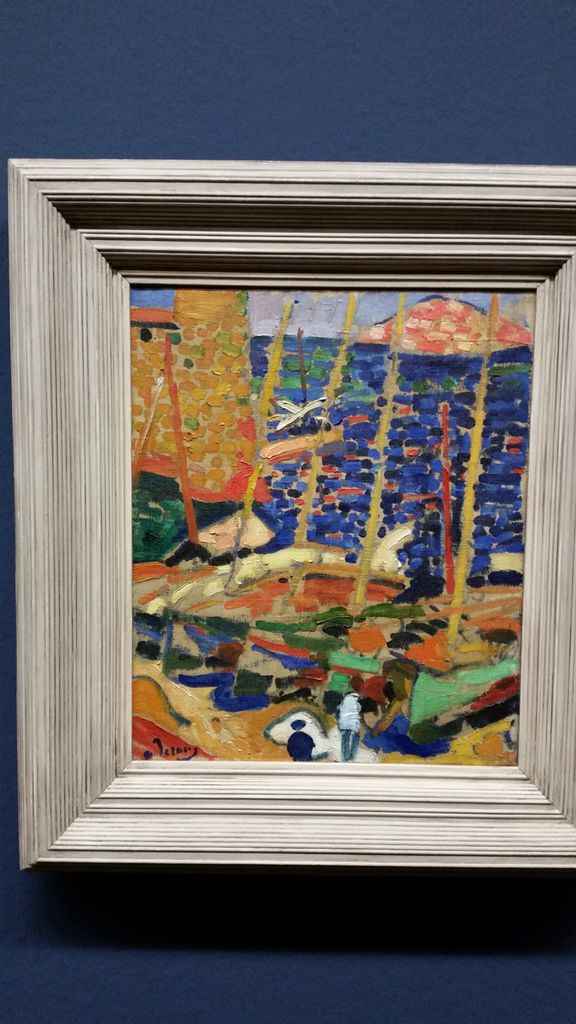
Alas, of course, these Impressionistic paintings largely reflect a more innocent age before one or both of the World Wars, when life seemed simpler, and more coherent.


